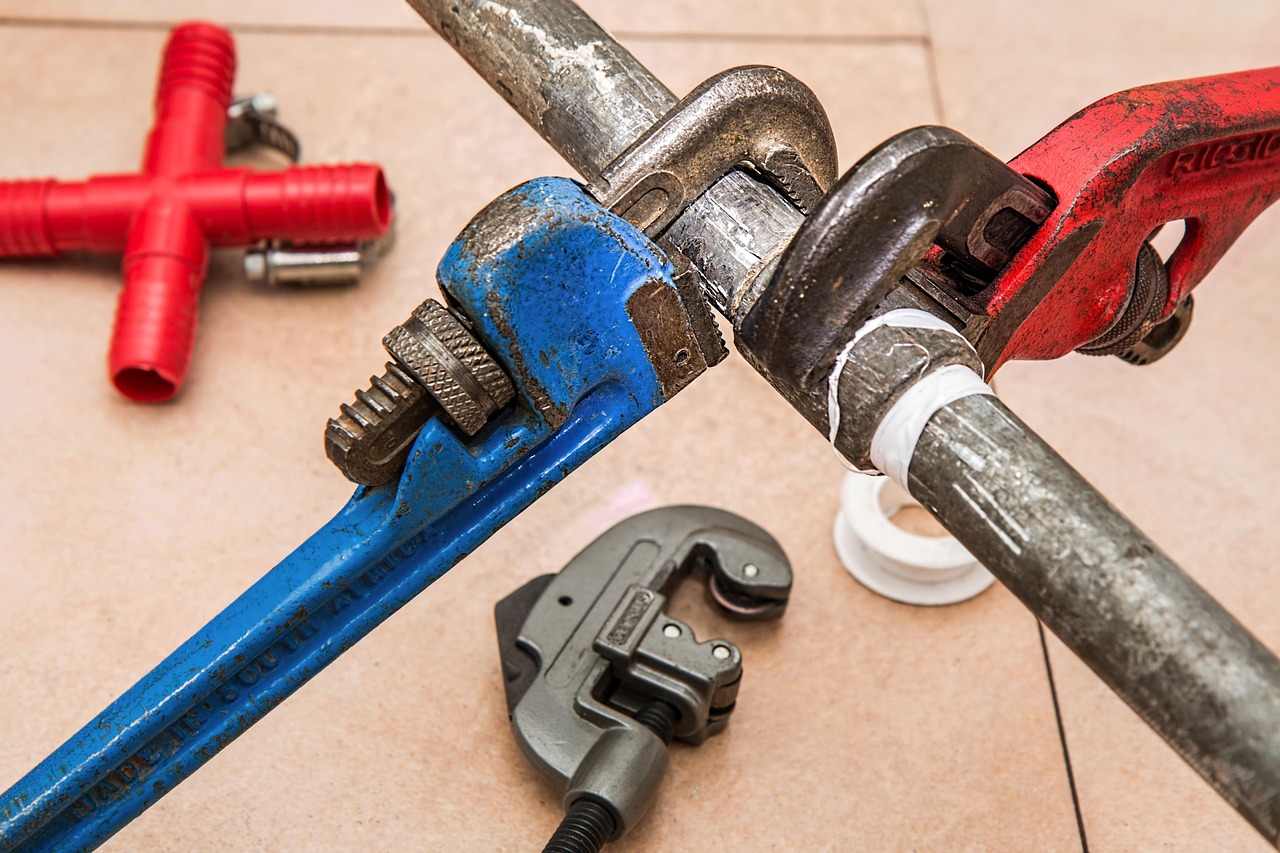Losing a pet is a heart-wrenching experience that many pet owners unfortunately face at some point. While collars and tags provide visible identification, they can break or fall off, leaving your beloved companion without any means of being traced back to you. Microchipping offers a permanent solution to this problem, serving as an unalterable form of identification that stays with your pet for life. This article explores the pet microchip importance, how the technology works, the registration process, and why keeping your contact information current is crucial for successful lost pet recovery.
Understanding How Pet Microchips Work
A pet microchip is a small electronic device, roughly the size of a grain of rice, that is implanted under your pet’s skin, typically between the shoulder blades. Despite common misconceptions, microchips are not tracking devices and do not contain GPS capabilities. Instead, they work through Radio Frequency Identification (RFID) technology. Each microchip contains a unique identification number that can be read when scanned with a special handheld device commonly available at veterinary offices, animal shelters, and animal control facilities.
The procedure for implanting a microchip is quick, relatively painless, and similar to a routine vaccination. The microchip is inserted using a hypodermic needle without requiring anesthesia. Once implanted, the microchip forms a bond with your pet’s tissue, preventing migration and ensuring it remains in place throughout your pet’s life. The microchip itself is biocompatible, meaning it doesn’t cause reactions or harm to your pet’s body over time.
The Critical Step of Registering Pet Microchips
The microchip itself is only the first step in creating a safety net for your pet. The pet microchip importance becomes fully realized only when you complete the crucial next step: registration. Many pet owners mistakenly believe that once the chip is implanted, their responsibility ends. However, the microchip is essentially useless without being properly registered in a database with your current contact information.
When registering your pet microchip, you’ll need to provide your name, address, phone number, and sometimes alternative contact information. Some registries also allow you to include details about your pet, such as medical conditions or special needs, which can be valuable information if your pet is found and needs care. The registration typically involves a one-time fee, though some microchip providers offer lifetime registration with the initial purchase.
Updating Microchip Information: A Vital Ongoing Responsibility
One of the most overlooked aspects of microchipping is the importance of updating microchip information when your circumstances change. According to studies, outdated contact information is the primary reason microchipped pets cannot be reunited with their owners. Life changes such as moving to a new home, changing phone numbers, or switching email addresses can render your pet’s microchip registration obsolete if not promptly updated.
Most microchip registry companies make the process of updating information straightforward through online portals or phone calls. It’s recommended to check your information at least once a year to ensure accuracy. Some pet owners find it helpful to schedule this verification during their pet’s annual veterinary check-up or on their pet’s adoption anniversary as a way to remember this important task.
The Role of Microchips in Lost Pet Recovery
The effectiveness of microchips in lost pet recovery scenarios is well-documented. When a lost pet is found and taken to a shelter or veterinarian, one of the first actions taken is scanning for a microchip. If detected, the unique ID number is retrieved and checked against the registry database. Assuming your contact information is current, the registry can then immediately notify you that your pet has been found and provide details on their location.
Microchips dramatically increase the chances of reunion. According to studies by the American Veterinary Medical Association, microchipped dogs are more than twice as likely to be returned to their owners compared to those without microchips. For cats, the difference is even more striking – microchipped cats are more than 20 times more likely to be returned home than non-microchipped cats.
Where to Get Your Pet Microchipped
Getting your pet microchipped is an accessible and affordable procedure available through various channels. Most veterinary clinics offer microchipping services during routine visits. Additionally, many animal shelters and rescue organizations include microchipping as part of the adoption process or offer low-cost microchipping events. If you’re unsure where to find microchipping services in your area, AskHomey can help connect you with local providers who offer this essential service for your furry family members.
Remember that different countries may use different microchip systems, so if you plan to travel internationally with your pet, consult your veterinarian about compatibility issues and requirements for your destination.
For more tips and to connect with reliable home service professionals, follow AskHomey on Facebook and Instagram.



